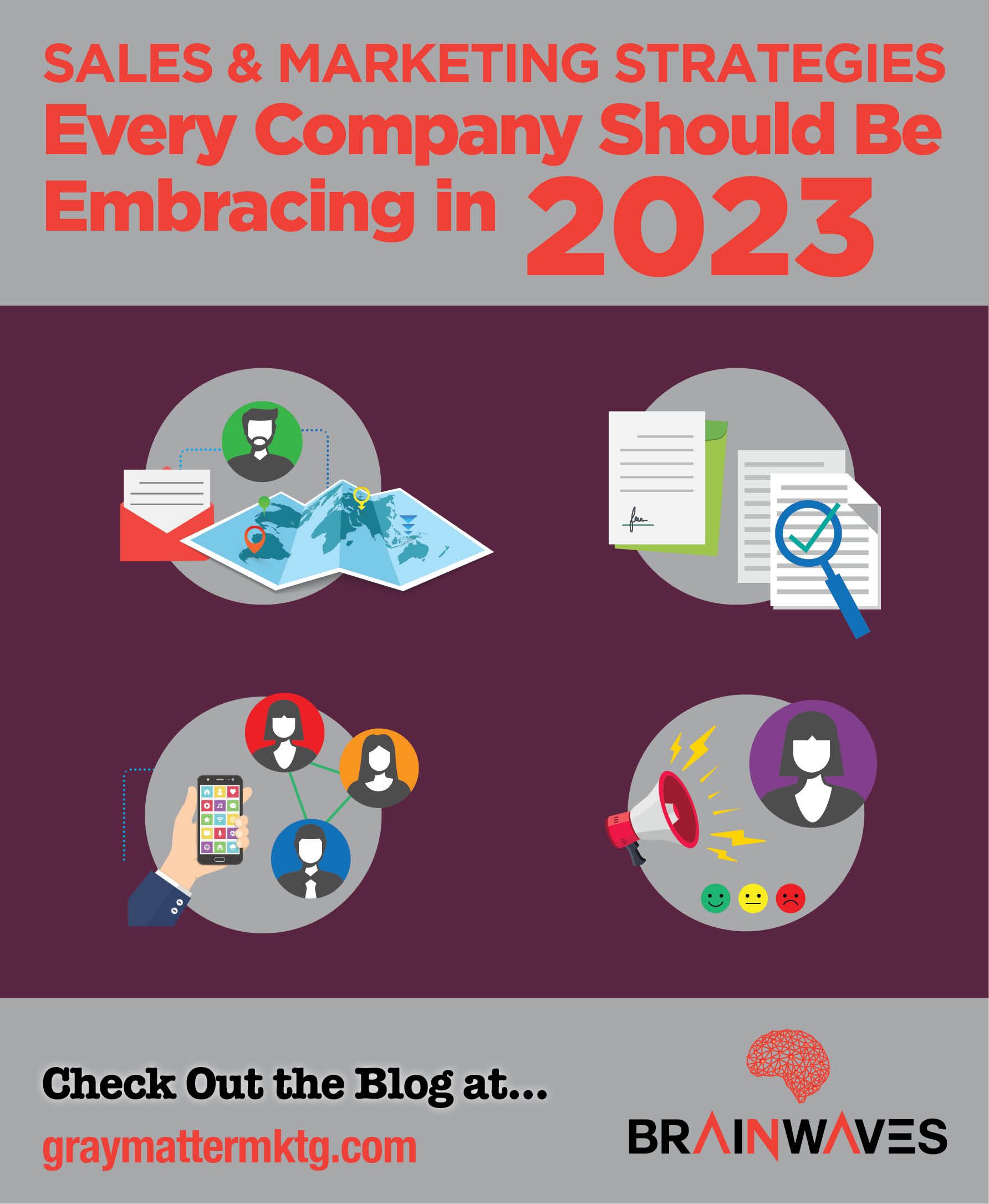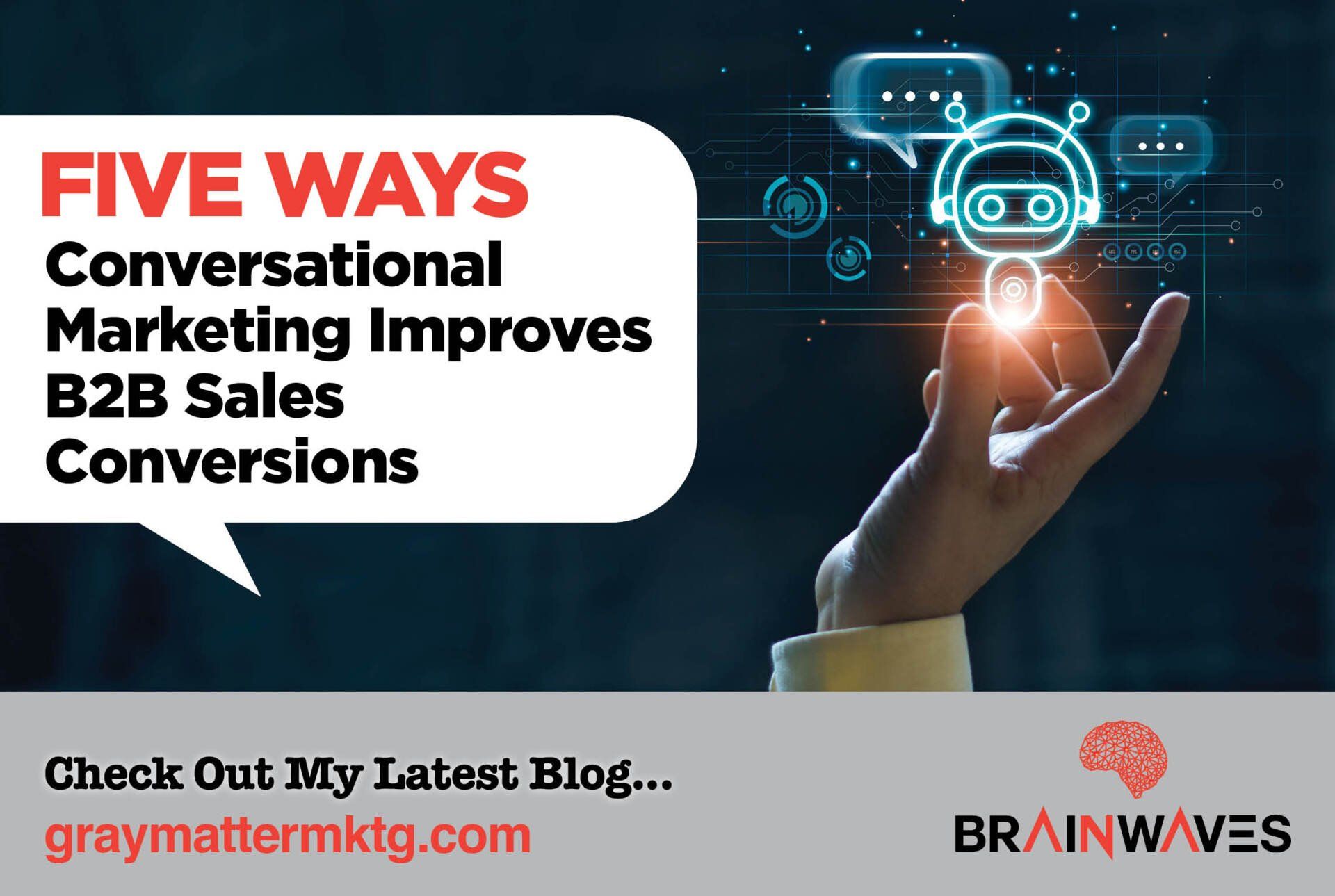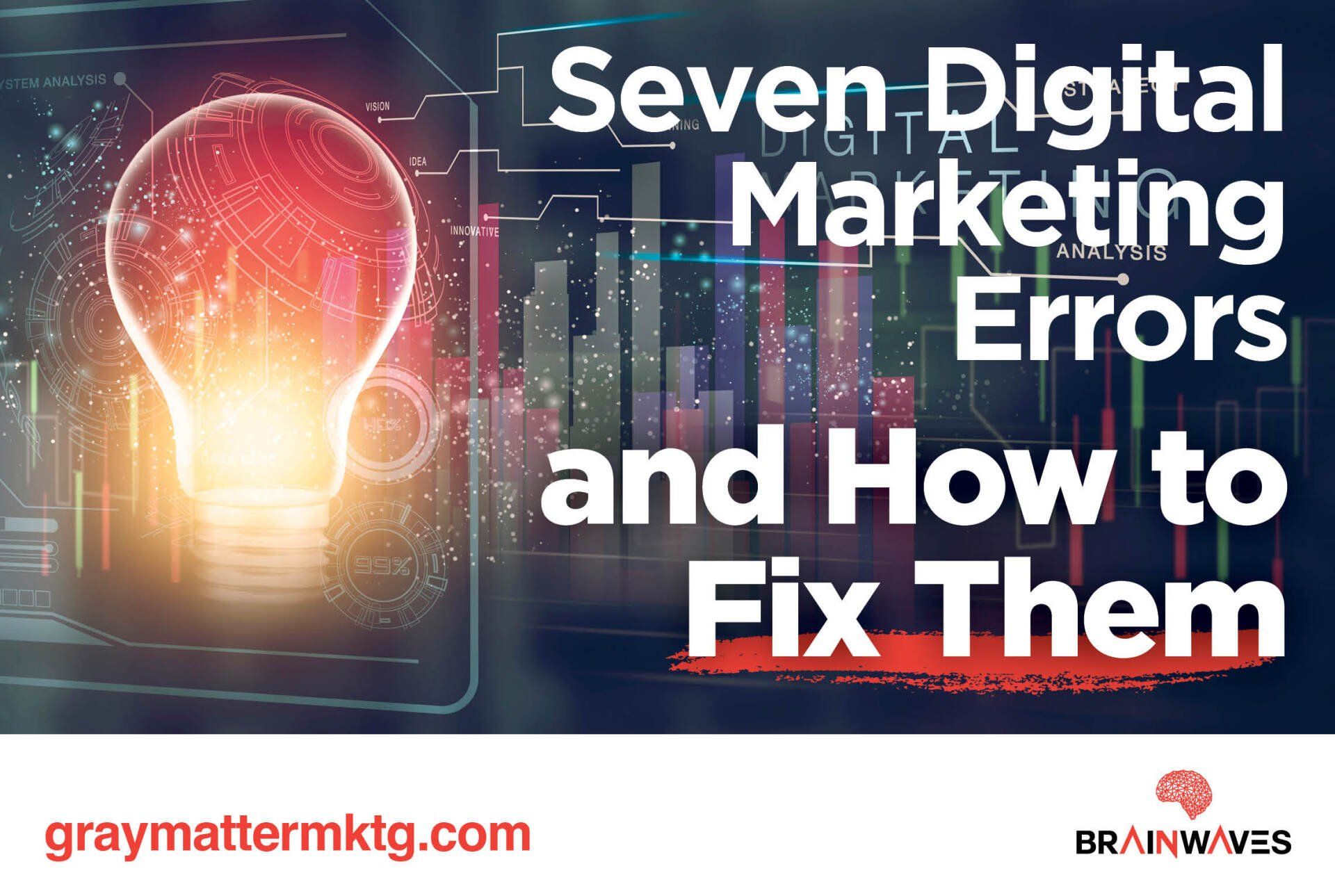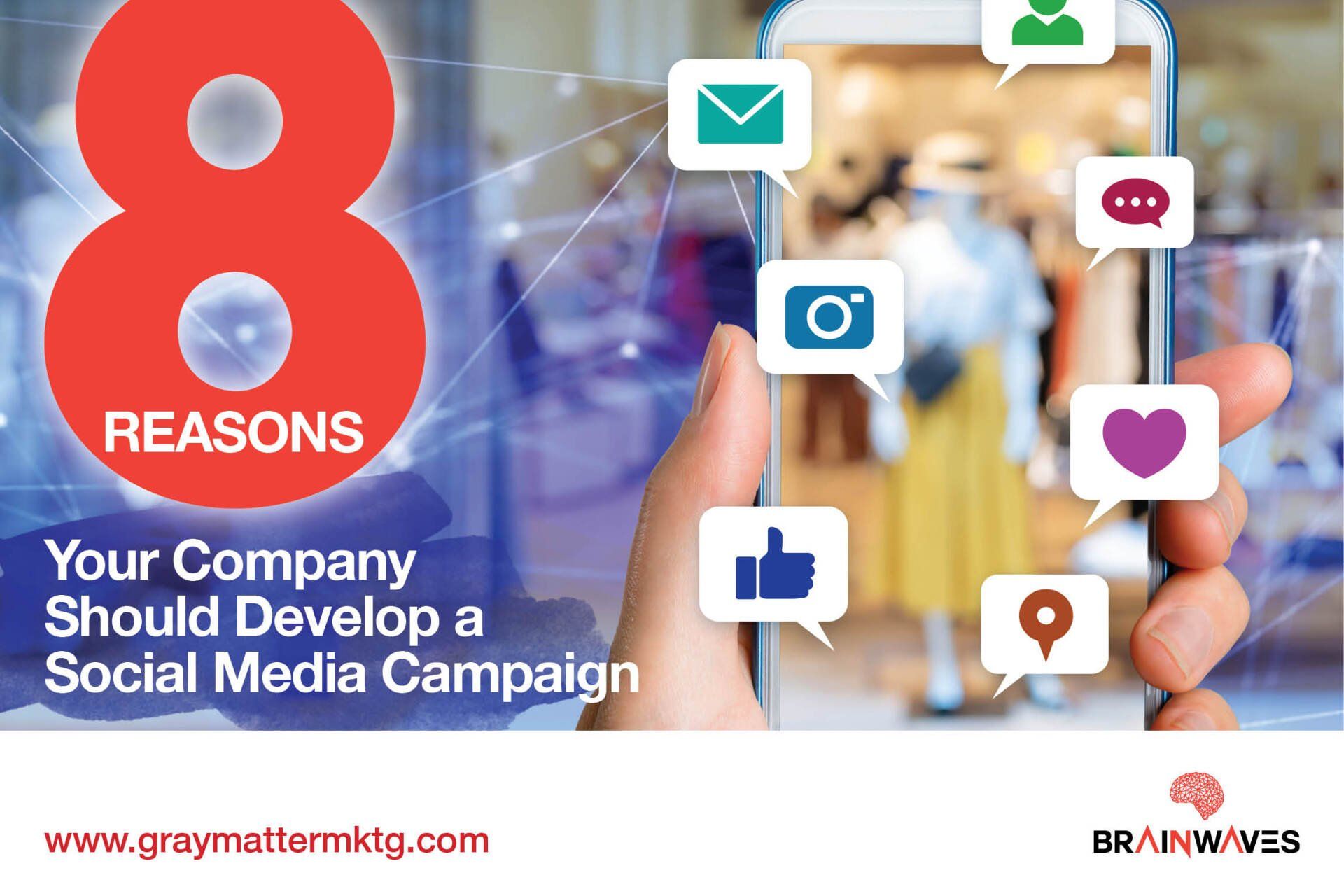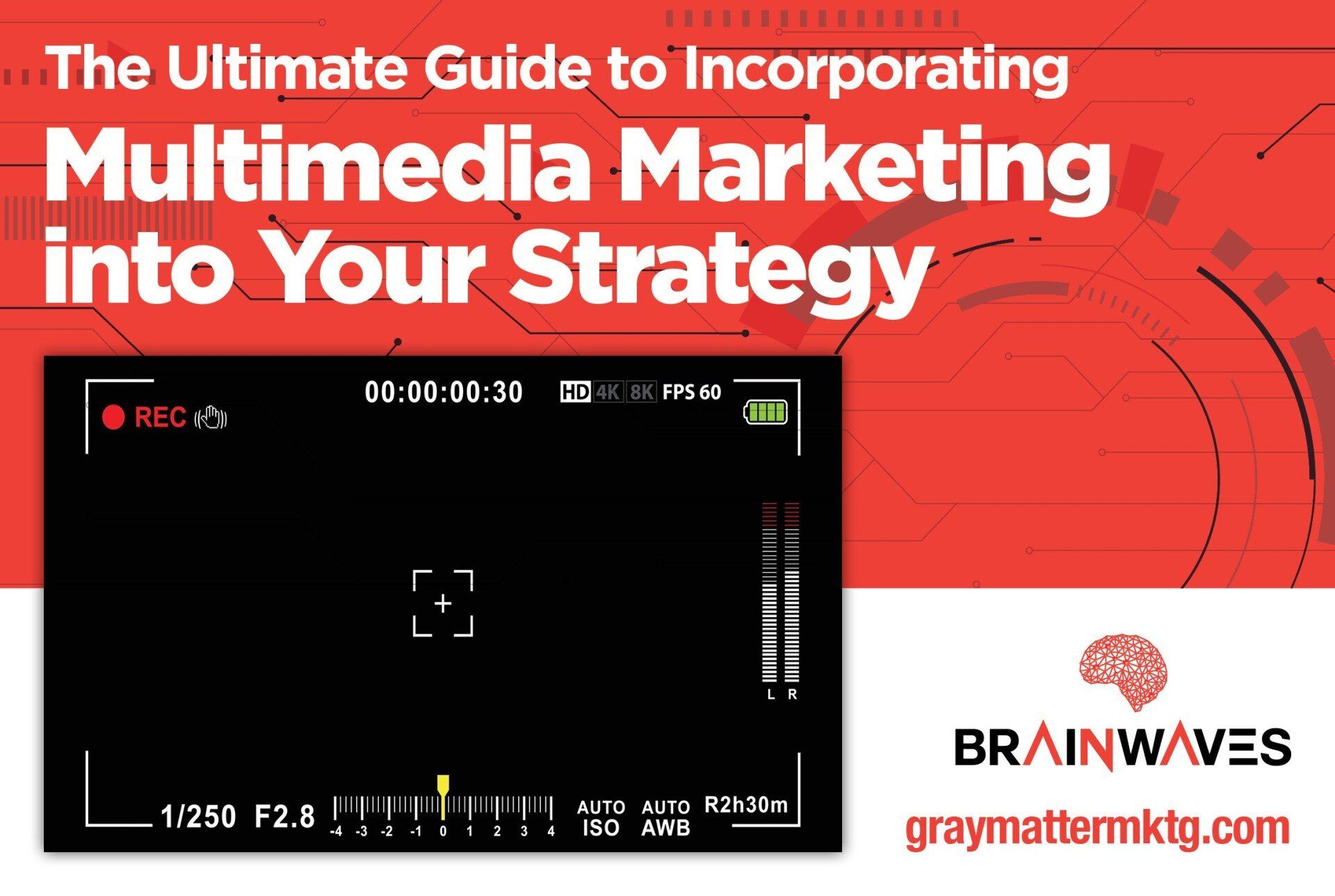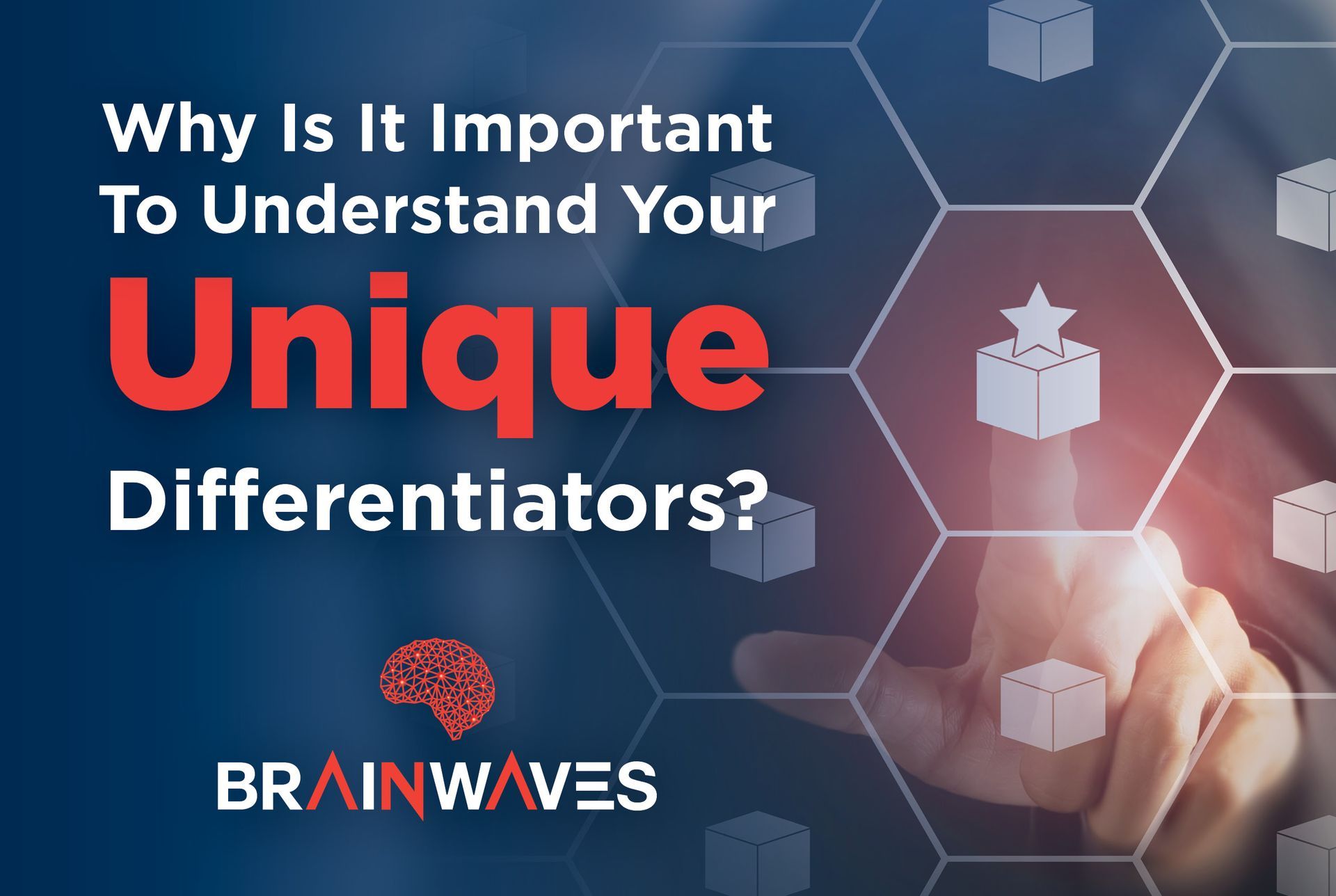Marketing Beyond the Brochure: 8 Marketing Strategies for Better Engagement
Long gone are the days when buying ads and sending out brochures and direct mail was considered just about enough for marketing departments. Brands today are actively seeking opportunities to increase their level of engagement with customers. They are designing new, innovative touchpoints to build loyalty and collect valuable information.
Customer engagement provides an opportunity to guide potential customers through the sales funnel. It accelerates the purchase process and increases the conversion rate for the business. In turn, the business gets to improve its return-on-the-marketing budget. A well-thought-out customer engagement strategy boosts the experience of the brand for existing customers and increases their loyalty to the brand.
If your company wants to grow its engagement with customers, here’s several strategies:
1. Mapping Your Customers’ Journey
It’s important to understand how your customers think when buying your products. Begin by identifying all the touchpoints between your brand and customers. How do they notice your brand? Are you doing enough to amplify the brand?
Second, establish where they get more information about the brand. Have you put out enough content on your website, social media, print, and brochures? Could you create experiences where they can interact with your product teams to ask questions? Do you respond to queries on email and social media?
The third stage in the sales funnel is consideration. At this point, you need to ask whether you are helping customers along the decision-making journey. Is your website user friendly? Can customers book a demo? Is your pricing strategy correct?
After customers have made the purchase, you need to interact with them to find out their experience, keep them as customers, and determine how to grow their lifetime value.
2. Create a Loyalty Program
Loyalty programs serve several purposes for a brand. First, they are a great way to ensure repeat business and boost customers’ loyalty. When you reward customers with loyalty points, discounts, and gifts, they will speak about your brand and refer more people to it. It’s a way to create user-generated content that’s often persuasive and effective in driving behavior of prospective customers.
3. Artificial Intelligence Chatbots
Chatbots are a way to keep engaging with customers even after office hours. Through artificial intelligence, it’s possible to monitor user activity on an app or website and pre-empt questions they may have or a chokepoint in their experience. For instance, through the chatbot, you could ask customers whether they have found what they were looking for or suggest they check out particular products. Chatbots are also great to respond to frequently asked questions. They eliminate the need for people to interact with human support, where they would normally be required to wait on call lines or for email responses.
4. Turning Customer Interactions into Conversations
Whenever a customer contacts your organization with a query, they can be raising a new issue or a recurring issue. Your support team needs a 360-view of issues, concerns, and comments that a customer is facing so they don’t feel like they are talking to different personalities. It’s a better experience for customers when they feel that the representative, they are talking to is already aware of their past issues.
Your company can implement this by turning interactions with customers into conversation threads. This way, it’s possible to retrace past interactions with customers. If there is a recurring issue, perhaps a different approach should resolve it once and for all.
You should also ask customers to participate in a survey after interactions with support team members. The company then records feedback on whether a particular customer was served well.
5. Personalizing Customer Experiences
There are numerous ways the business can personalize offers and messages they are sending or showing customers. For instance, when sending emails through an email-marketing tool, companies should include the first name of the recipient in the salutation. This makes customers feel that the company knows them. They will be more receptive to the message. The company should also set up messages to customers on special days such as the customer’s birthdays.
As a company builds up the profile of a customer, based on activity, they should use this knowledge to personalize product suggestions. Recommendation systems have gone a long way in helping businesses massively improve the way customers experience a brand.
6. Get Maximum Value Out of Analytics
Your business must get the most from the data it gathers in customer engagement. Data from customer satisfaction surveys will give insights on what the company should improve. Such information is used to improve training for customer representatives so they can serve customers better. Analytics should also be used to provide insights on how users are interacting with your website. For instance, if a certain product page is getting the most attention, perhaps the product needs to be featured more prominently on the home page. If a certain page is resulting in the most queries on the chatbots, it may require an adjustment of the content to address those queries.
7. Use Competitions
The use of competitions on social media platforms are great for creating short-term excitement and engagement for the brand. The brand should be careful not to use this as the sole-way to engage with customers. However, they are great when creating awareness about a new product or when the company wants to gain more traction and followers. Competitions can amplify a brand as people share an opportunity to win with their friends.
8. Visual Engagement Tools
Your business may consider video-engagement tools, such as co-browsing technology, that improve the quality of interaction with its customers. In this example, the customer support representative can follow visually, but securely, the browsing activities of a customer. The representative can help customers who are stuck on filling out forms or finding a product on a website.
Another tool to improve customer engagement is video chat between customers and the support team. Video chat makes the interaction more personable compared to text-based interactions.
Ways to Measure Customer Engagement
Once your business implements strategies to improve customer engagement, it should assess the success of such endeavors. The metrics applied to measure success should be relevant to the strategies deployed earlier.
Here are a few of the metrics.
Average Order Value
This is a measure of the average amount that customers spend when they make a purchase. Ideally, boosting engagement with existing customers should prompt them to spend more. If your business is running a subscription model, engagement should drive customers to upgrade their packages. If you are running an online store, you should attempt to make customers put more items in their carts. Normally, returning customers spend more than first-time customers. Engagement should focus on making clients return more frequently.
Social Media Metrics
Social media platforms provide dashboards where you can see how customers are interacting with your brands. Likes, retweets, shares, and comments are indicators of how well your content was received. On YouTube, average watch times can reveal whether a video resonated with the target audience. A combination of data from the various platforms you use will reveal what type of content you need to focus more on.
Open Rates for Newsletters and Emails
Your organization should use email marketing tools that can provide reports on how well email campaigns perform. Email marketing success metrics include open rates for emails sent and click-through rates for call-to-action button links included in such emails. Your organization can use A/B testing methods to try different subject lines and copy for your campaigns.
Purchase Frequency and Repeat Purchase Rates
Your organization should also look at how many times customers come back for more purchases in a particular period. Has the purchase frequency changed with the customer engagement efforts? You can measure the proportion of purchases that represent returning customers. A low repeat rate means the churn rate is too high. The aim should be to grow the proportion of repeat customers.
Customer Engagement Strategy Consultancy
Indeed, customer engagement is crucial in attempts to grow brand loyalty, sales revenue, and customer satisfaction. Achieving high customer engagement; however, requires a strategy that’s implemented methodically. Personalizing offerings to customers and loyalty programs will help improve the lifetime value of a customer. Competitions on social media can help create short-term hype around a product or an offer. Last, every strategy requires a method of assessing its success objectively.
If your organization is seeking to implement a strategy to enhance the customer engagement on its various communication channels, Gray Matter Marketing can help draft and implement such a strategy.
